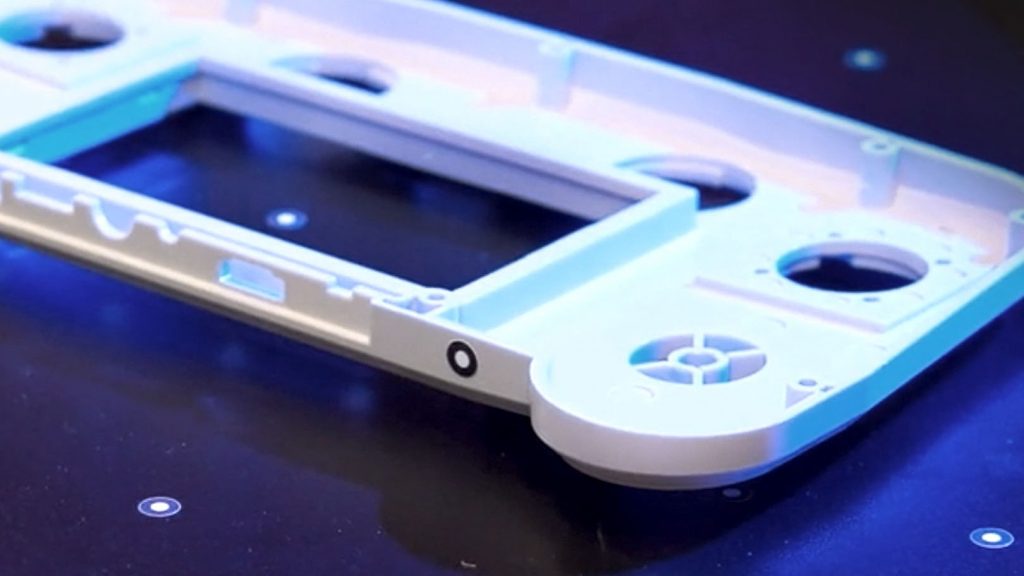通过逆向工程流程,可让我们深入了解零件、产品或工具的设计。硬件设计流程的逆向工程旨在复制一个零件或组件,从而替换单个元件而非整个设备。无论是大型船舶涡轮机,还是微型车模等收藏品,这种可持续的方法可以节省大量时间和资金。因此,近年来,三维扫描不仅应用于大规模工业生产,也吸引了许多初创企业和业余爱好者的关注。
当然,逆向工程要求极高的准确性。但这并不意味着需要执行复杂的步骤。第一步是获取待分析零件的扫描数据,然后将数据转换为CAD模型。
在下列视频中,我们的应用设计师Josh介绍了三种扫描方法,首先是扫描对称形状:游戏机手柄。
ZEISS REVERSE ENGINEERING: How to transform your 3D scans into CAD models
Meet Josh and let him show you how to transform your 3D scans into CAD models using the software ZEISS REVERSE ENGINEERING. Wether you want to reverse engineer a geometrical part, a freeform shaped part or an organic shaped part – Josh gives you a quick introduction to each task, from scanning to obtaining a CAD model.
All functions shown are available in the current software version.
Got any questions on 3D scanning? Contact us via support@HandsOnMetrology.com
“我们的所有解决方案都能帮助您实现目标,但如果您是新手,GOM Scan 1肯定是不二之选”
Josh Span,GOM Metrology应用工程师
无论是几何形状、自由曲面形状或是有机形状,皆可使用ZEISS Reverse Engineering(ZRE)进行处理。您可轻松利用多边形网格或点云创建CAD文件,然后可在分步指导的工作流程中将CAD文件用于打印、存储或重塑。
如今,三维表面模型还可以作为VR应用的数据输入,并开辟了全新机遇。随着逆向工程技术与新技术日益广泛的结合,满怀激情的工程师、甚至是三维扫描的新手都能发现更多应用领域,同时提出更多创意和智能解决方案。




